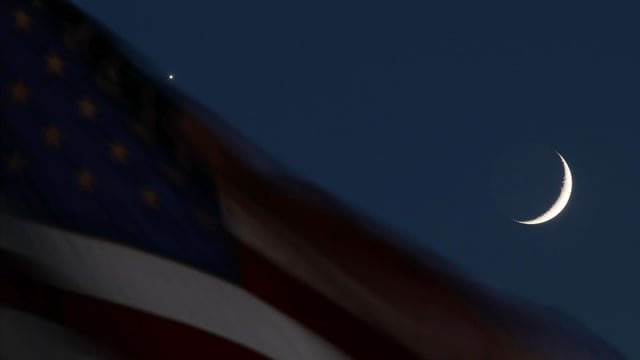Overview
- About an hour before sunrise Thursday, a roughly 4% waning crescent moon will sit just above Mercury with the Beehive Cluster between them low in the eastern sky.
- Venus will shine brightest with Jupiter above it and Saturn in the southern sky, creating the week’s closing lineup with the moon and six planets.
- Uranus and Neptune participate in the arrangement but are too faint for naked-eye viewing and require a telescope to spot.
- Viewing demands a very short pre-dawn window, dark conditions and a clear low horizon, with binoculars helpful for finding Mercury and the moon.
- NASA notes “planet parade” is informal for a line-of-sight grouping, and the next comparable pre-dawn multi-planet display with five visible planets is expected in October 2028; a seasonal “black moon” on Aug. 23 will bring darker skies for Milky Way viewing.
